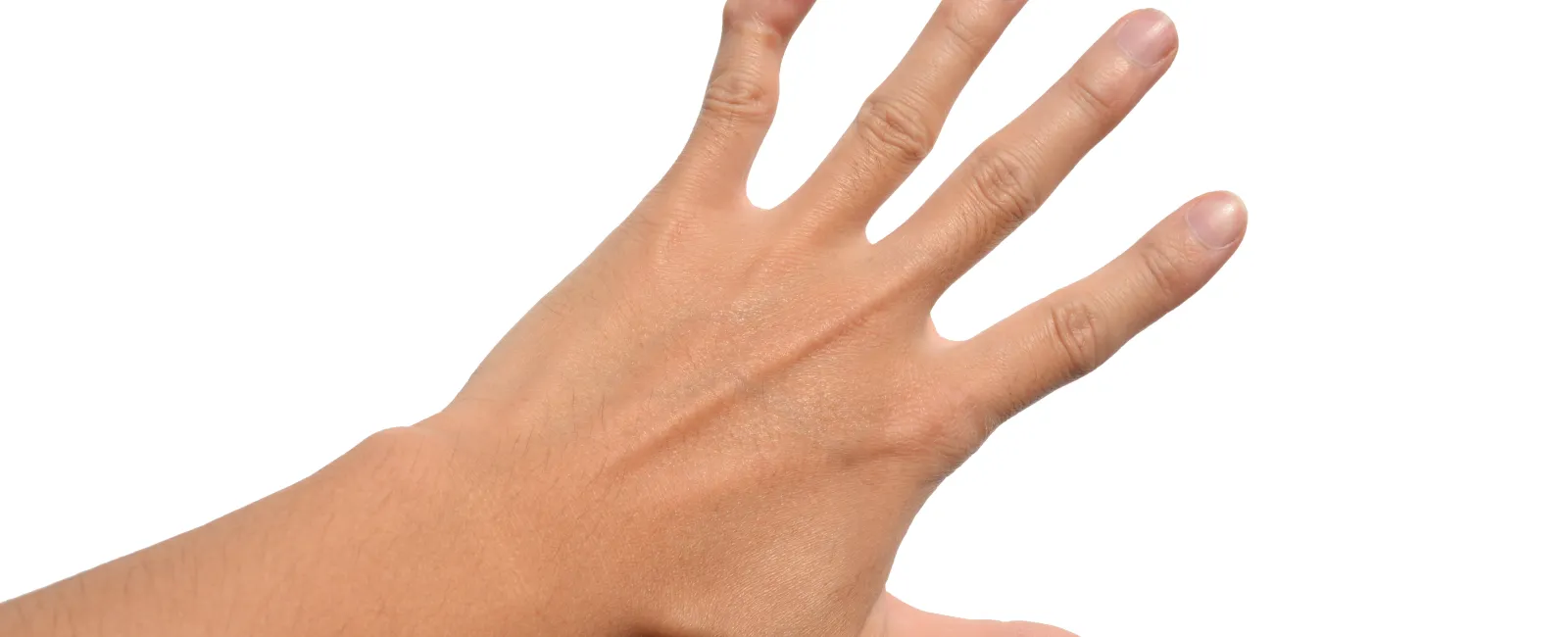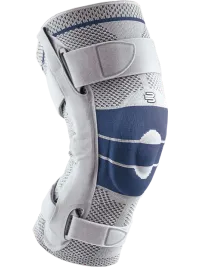Mallet finger is an injury that occurs when the tendon that straightens the finger (extensor tendon) is damaged or torn. This results in the inability to fully extend the fingertip. Here's some patient information regarding mallet finger:
1. Symptoms: The primary symptom of mallet finger is the inability to straighten or extend the fingertip. The fingertip may droop or rest in a bent position. Other symptoms may include pain, tenderness, and swelling at the back of the finger. In some cases, there may be bruising or a small, visible fragment of bone near the joint.
2. Causes: Mallet finger commonly occurs due to a direct blow to the fingertip, such as from a ball hitting the finger while playing sports or an accident while handling objects. It can also result from forcefully jamming or bending the finger.
3. Diagnosis: A healthcare professional can diagnose mallet finger through a physical examination and may request imaging tests like X-rays to evaluate the extent of the injury, assess for fractures, or rule out other conditions.
4. Treatment: Treatment options for mallet finger can include:
- Splinting: The most common treatment for mallet finger involves wearing a splint or finger brace that holds the fingertip in an extended position full time for several weeks. It is crucial to keep the splint on continuously to allow the tendon to heal properly.
- Medications: Over-the-counter pain relievers can help manage any pain or discomfort associated with the injury.
- Surgical intervention: In certain cases where the injury involves a large fracture fragment or if the finger fails to respond to conservative treatment, surgery may be considered to repair or reconstruct the damaged tendon.
5. Recovery: Recovery from mallet finger depends on the severity of the injury and the chosen treatment approach. With proper splinting and adherence to therapy, most cases of mallet finger heal and regain normal function. It's important to follow your healthcare provider's instructions, wear the splint as directed, and attend any recommended follow-up appointments to monitor progress.
Remember, it's essential to consult with a board certified hand surgeon at OrthoSouth to receive an accurate diagnosis and appropriate treatment plan based on your specific condition and injury.
This article is provided courtesy of Daniel Fletcher, MD.

